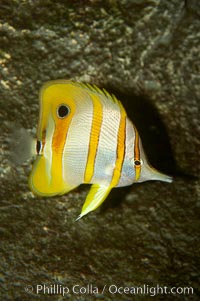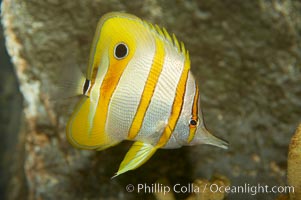
Aerial photo of Courtship / Mating Group of Southern Right Whales at Peninsula Valdes, Argentina. Eubalaena australis. By permission of the Government of Argentina, Chubut, permit # 51 / 2025-SsCyA.
Species: Southern Right Whale, Eubalaena australis
Location: Puerto Piramides, Chubut, Argentina
Image ID: 41321
Species: Southern Right Whale, Eubalaena australis
Location: Puerto Piramides, Chubut, Argentina
Image ID: 41321

Aerial photo of Courtship / Mating Group of Southern Right Whales at Peninsula Valdes, Argentina. Eubalaena australis. By permission of the Government of Argentina, Chubut, permit # 51 / 2025-SsCyA.
Species: Southern Right Whale, Eubalaena australis
Location: Puerto Piramides, Chubut, Argentina
Image ID: 41322
Species: Southern Right Whale, Eubalaena australis
Location: Puerto Piramides, Chubut, Argentina
Image ID: 41322

Aerial photo of Courtship / Mating Group of Southern Right Whales at Peninsula Valdes, Argentina. Eubalaena australis. By permission of the Government of Argentina, Chubut, permit # 51 / 2025-SsCyA.
Species: Southern Right Whale, Eubalaena australis
Location: Puerto Piramides, Chubut, Argentina
Image ID: 41323
Species: Southern Right Whale, Eubalaena australis
Location: Puerto Piramides, Chubut, Argentina
Image ID: 41323

Aerial photo of Courtship / Mating Group of Southern Right Whales at Peninsula Valdes, Argentina. Eubalaena australis. By permission of the Government of Argentina, Chubut, permit # 51 / 2025-SsCyA.
Species: Southern Right Whale, Eubalaena australis
Location: Puerto Piramides, Chubut, Argentina
Image ID: 41324
Species: Southern Right Whale, Eubalaena australis
Location: Puerto Piramides, Chubut, Argentina
Image ID: 41324
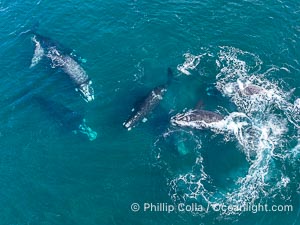
Aerial photo of Seven Southern Right Whales Engaged in Courtship / Mating at Peninsula Valdes, Argentina. Eubalaena australis. By permission of the Government of Argentina, Chubut, permit # 51 / 2025-SsCyA.
Species: Southern Right Whale, Eubalaena australis
Location: Puerto Piramides, Chubut, Argentina
Image ID: 41325
Species: Southern Right Whale, Eubalaena australis
Location: Puerto Piramides, Chubut, Argentina
Image ID: 41325

Flamingos, Amboseli National Park, Kenya.
Species: Greater Flamingo, Phoenicopterus roseus
Location: Amboseli National Park, Kenya
Image ID: 39740
Species: Greater Flamingo, Phoenicopterus roseus
Location: Amboseli National Park, Kenya
Image ID: 39740
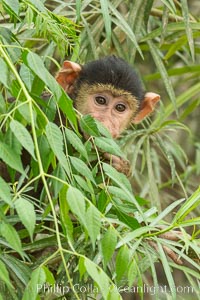
Juvenile Yellow Baboon, Amboseli National Park, Kenya.
Species: Yellow baboon, Papio cynocephalus
Location: Amboseli National Park, Kenya
Image ID: 29586
Species: Yellow baboon, Papio cynocephalus
Location: Amboseli National Park, Kenya
Image ID: 29586

Juvenile Yellow Baboon, Amboseli National Park, Kenya.
Species: Yellow baboon, Papio cynocephalus
Location: Amboseli National Park, Kenya
Image ID: 29587
Species: Yellow baboon, Papio cynocephalus
Location: Amboseli National Park, Kenya
Image ID: 29587

A bull elephant seal forceably mates (copulates) with a much smaller female, often biting her into submission and using his weight to keep her from fleeing. Males may up to 5000 lbs, triple the size of females. Sandy beach rookery, winter, Central California.
Species: Elephant seal, Mirounga angustirostris
Location: Piedras Blancas, San Simeon, California
Image ID: 15409
Species: Elephant seal, Mirounga angustirostris
Location: Piedras Blancas, San Simeon, California
Image ID: 15409

Bottlenose dolphins swim through red tide, hunt a school of fish, lit by glowing bioluminescence caused by microscopic Lingulodinium polyedrum dinoflagellate organisms which glow blue when agitated at night.
Species: Lingulodinium polyedrum
Location: La Jolla, California
Image ID: 27067
Species: Lingulodinium polyedrum
Location: La Jolla, California
Image ID: 27067

Egyptian mummies in sarcophagi in the British Museum.
Location: British Museum, London, United Kingdom
Image ID: 28307
Location: British Museum, London, United Kingdom
Image ID: 28307

The OVRO 40 meter Telescope, part of the Owens Valley Radio Observatory located near Big Pine, California, USA. The telescope is used to conduct interferometric observations along with the other telescopes in the observatory, as a Very Long Baseline Interferometry (VLBI) station and as a single dish instrument. Its main focus today is on the monitoring of blazars.
Location: Big Pine, California
Image ID: 28789
Location: Big Pine, California
Image ID: 28789
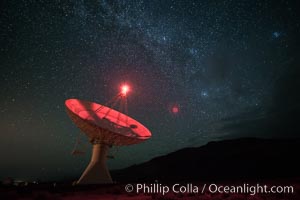
The OVRO 40 meter Telescope, part of the Owens Valley Radio Observatory located near Big Pine, California, USA. The telescope is used to conduct interferometric observations along with the other telescopes in the observatory, as a Very Long Baseline Interferometry (VLBI) station and as a single dish instrument. Its main focus today is on the monitoring of blazars.
Location: Big Pine, California
Image ID: 28791
Location: Big Pine, California
Image ID: 28791
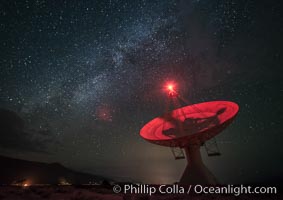
The OVRO 40 meter Telescope, part of the Owens Valley Radio Observatory located near Big Pine, California, USA. The telescope is used to conduct interferometric observations along with the other telescopes in the observatory, as a Very Long Baseline Interferometry (VLBI) station and as a single dish instrument. Its main focus today is on the monitoring of blazars.
Location: Big Pine, California
Image ID: 28792
Location: Big Pine, California
Image ID: 28792
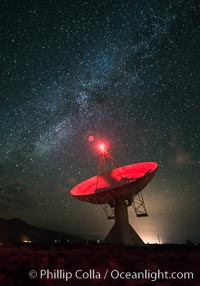
The OVRO 40 meter Telescope, part of the Owens Valley Radio Observatory located near Big Pine, California, USA. The telescope is used to conduct interferometric observations along with the other telescopes in the observatory, as a Very Long Baseline Interferometry (VLBI) station and as a single dish instrument. Its main focus today is on the monitoring of blazars.
Location: Big Pine, California
Image ID: 28794
Location: Big Pine, California
Image ID: 28794

Radio telescope antenna, part of the Very Long Baseline Array (VLBA). The Very Long Baseline Array (VLBA) is a system of ten radio telescopes which are operated remotely from their Array Operations Center located in Socorro, New Mexico, as a part of the National Radio Astronomy Observatory (NRAO). These ten radio antennas work together as an array that forms the longest system in the world that uses very long baseline interferometry.
Location: Big Pine, California
Image ID: 28795
Location: Big Pine, California
Image ID: 28795
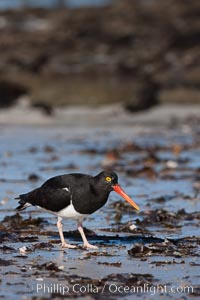
Magellanic oystercatcher, foraging for food on a beach.
Species: Magellanic oystercatcher, Haematopus leucopodus
Location: Carcass Island, Falkland Islands, United Kingdom
Image ID: 24031
Species: Magellanic oystercatcher, Haematopus leucopodus
Location: Carcass Island, Falkland Islands, United Kingdom
Image ID: 24031
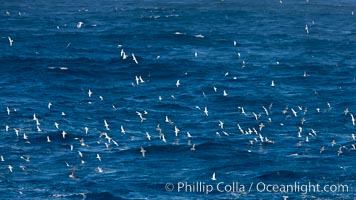
Prions in flight, gathering on the open sea in a feeding aggregation. Prions are small petrel birds, typically feeding on small crustacea such as copepods, ostracods, decapods, and krill, as well as some fish. They are about 12" in length.
Species: Prion, Pachyptila
Location: Southern Ocean
Image ID: 24091
Species: Prion, Pachyptila
Location: Southern Ocean
Image ID: 24091
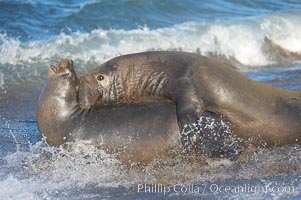
A bull elephant seal forceably mates (copulates) with a much smaller female, often biting her into submission and using his weight to keep her from fleeing. Males may up to 5000 lbs, triple the size of females. Sandy beach rookery, winter, Central California.
Species: Elephant seal, Mirounga angustirostris
Location: Piedras Blancas, San Simeon, California
Image ID: 15410
Species: Elephant seal, Mirounga angustirostris
Location: Piedras Blancas, San Simeon, California
Image ID: 15410
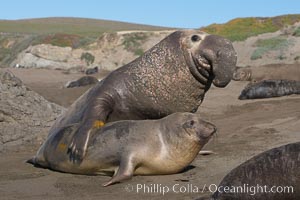
A bull elephant seal forceably mates (copulates) with a much smaller female, often biting her into submission and using his weight to keep her from fleeing. Males may up to 5000 lbs, triple the size of females. Sandy beach rookery, winter, Central California.
Species: Elephant seal, Mirounga angustirostris
Location: Piedras Blancas, San Simeon, California
Image ID: 15411
Species: Elephant seal, Mirounga angustirostris
Location: Piedras Blancas, San Simeon, California
Image ID: 15411

A bull elephant seal forceably mates (copulates) with a much smaller female, often biting her into submission and using his weight to keep her from fleeing. Males may up to 5000 lbs, triple the size of females. Sandy beach rookery, winter, Central California.
Species: Elephant seal, Mirounga angustirostris
Location: Piedras Blancas, San Simeon, California
Image ID: 15447
Species: Elephant seal, Mirounga angustirostris
Location: Piedras Blancas, San Simeon, California
Image ID: 15447
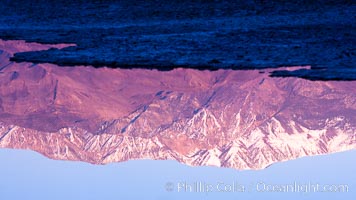
Sunrise lights Telescope Peak as it rises over the salt flats of Badwater, Death Valley. At 11,049 feet, Telescope Peak is the highest peak in the Panamint Range as well as the highest point in Death Valley National Park. At 282 feet below sea level, Badwater is the lowest point in North America.
Location: Badwater, Death Valley National Park, California
Image ID: 20550
Location: Badwater, Death Valley National Park, California
Image ID: 20550

Kaleidoscope of yellow colors as the lens zooms while taking a photo of aspen leaves in autumn.
Species: Aspen, Populus tremuloides
Location: Rock Creek Canyon, Sierra Nevada Mountains, California
Image ID: 23339
Species: Aspen, Populus tremuloides
Location: Rock Creek Canyon, Sierra Nevada Mountains, California
Image ID: 23339

Kaleidoscope of yellow colors as the lens zooms while taking a photo of aspen leaves in autumn.
Species: Aspen, Populus tremuloides
Location: Rock Creek Canyon, Sierra Nevada Mountains, California
Image ID: 23379
Species: Aspen, Populus tremuloides
Location: Rock Creek Canyon, Sierra Nevada Mountains, California
Image ID: 23379
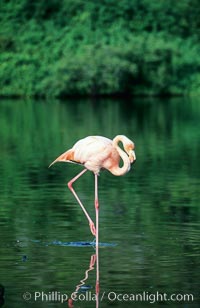
Greater flamingo.
Species: Greater flamingo, Phoenicopterus ruber
Location: Floreana Island, Galapagos Islands, Ecuador
Image ID: 02277
Species: Greater flamingo, Phoenicopterus ruber
Location: Floreana Island, Galapagos Islands, Ecuador
Image ID: 02277
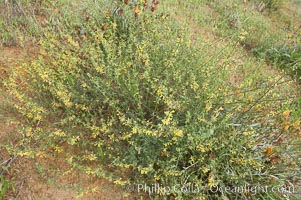
California broom, common deerweed. The flowers, originally yellow in color, turn red after pollination. Batiquitos Lagoon, Carlsbad.
Species: California broom, Lotus scoparius scoparius
Location: Batiquitos Lagoon, Carlsbad, California
Image ID: 11335
Species: California broom, Lotus scoparius scoparius
Location: Batiquitos Lagoon, Carlsbad, California
Image ID: 11335

